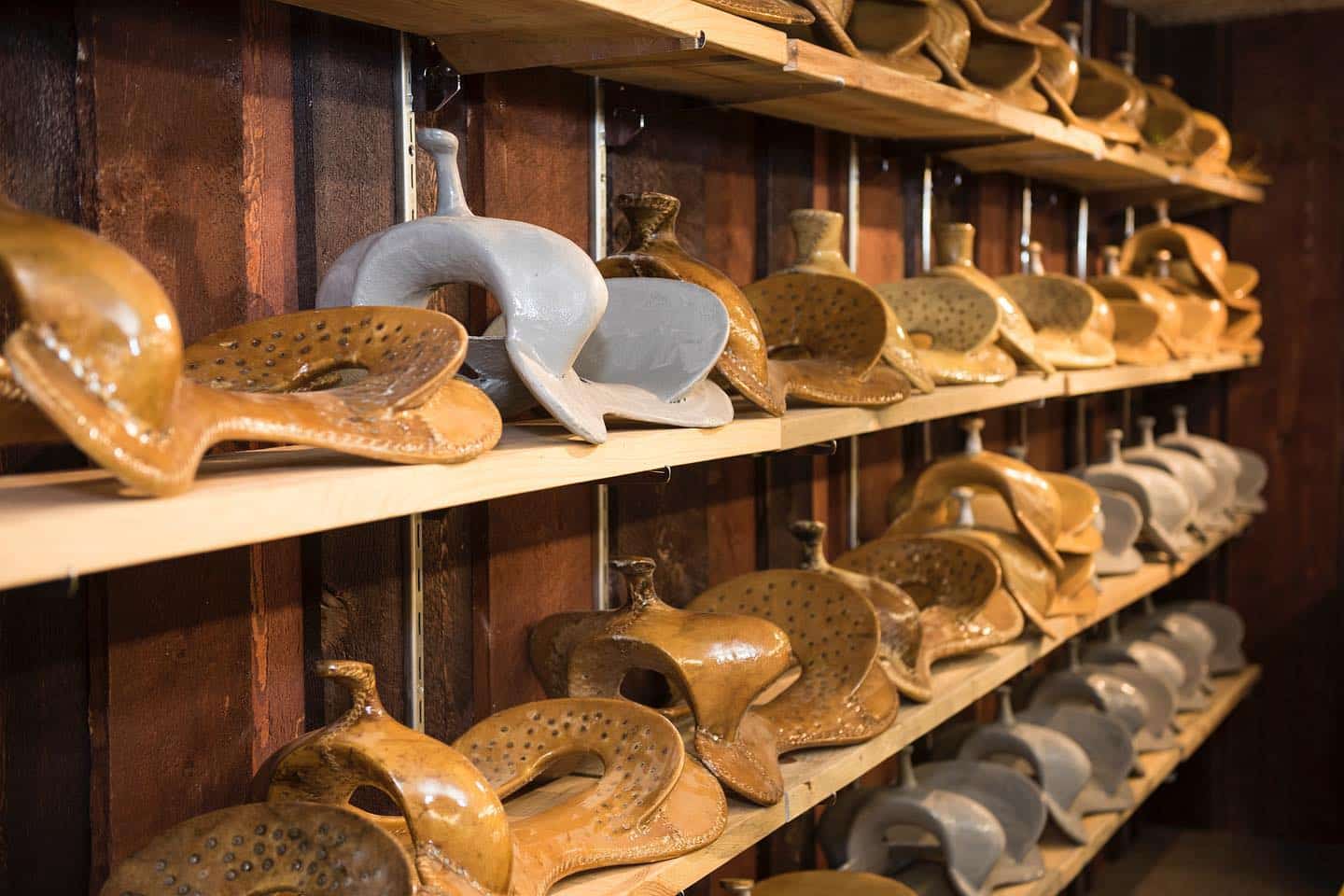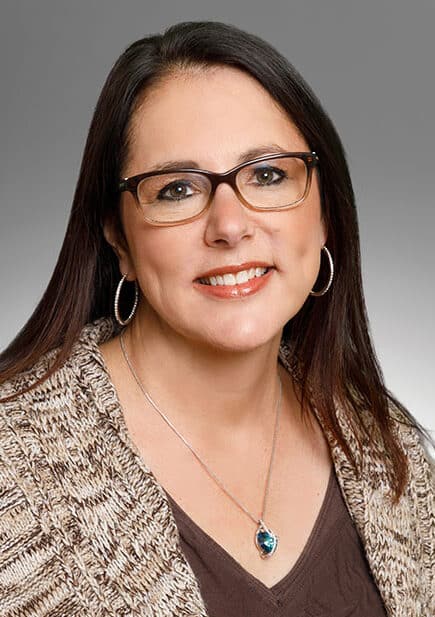Does Saddle Fit Matter?

Burns Custom Saddlery Tree Selection [Photo: Burns Saddlery]
When purchasing a saddle, there are many factors to consider. Having your saddle fit by an expert is the best way to start! Many assume a gullet size is all they need to get just the right fit to keep their horse from getting sore, but that isn’t the case.
It is best to have the saddle maker’s trees to fit your horse before purchasing. This way you can easily see where the pressure points can be evenly distributed. You want to lift the horses back to ensure there is no bridging, ensure the horse’s top line is smooth and close contact with the bars, and there isn’t any large gaps or flares. One of the most common things we see when saddle fitting is placement of the saddle over the scapula. The tree needs to sit right behind, so it doesn’t restrict shoulder movement. A good rule of thumb when saddling is to put your hand in the front under the saddle to ensure the tree is not hitting the scapula before cinching up. The cinch should not be rubbing into the leg. A small hand width away can also be a good reference.
Each horse is unique, and each side of the horse is unique depending on their confirmation, their exercise program, or discipline. When fitting a saddle to your horse, one must also keep in mind there will be a pad under to help support and keep it off the withers. A thick pad is not necessary if your saddle fits properly. For high-withered horses, we often recommend the front of the pad to be open to allow for the pad/saddle to fit even. If a closed pad is used on these horses, then the saddle will be sloped to the back. Too wide of tree or too tight will put pressure on the nerves – Burns trees have a wide back line to allow the saddle to sit on the back without restricting the nerves. Don’t overlook the placement of the saddle to the hind quarters. You don’t want the tree to go past the last vertebras on the horse’s back. This can be seen usually where the hairline changes.
Additionally, the rider must sit balanced in the saddle by considering height and size. Different saddles for performance horses such as barrel horses, rope horses, cutting horses, etc. seat the rider to give them their best position during performance. For example, if a seat is too small for a barrel racer it will throw them forward when approaching a barrel. There needs to be space between the swells and legs. Additionally, there are many options to riders’ preference such as seat rise (slope from front of saddle to the cantle) and seat depth. This helps the rider to stay square on the horse and be able to keep seated during the turns and acceleration coming out of the barrel.
Can the seat size affect the horse or make it sore? Absolutely, if the rider isn’t sitting balanced it could cause uneven pressure points and additional rubbing on the back.
Below are a few of our recommendations when purchasing a new saddle to get the best experience for horse and rider.
1. Each horse is unique, and a custom tree may be necessary
2. Don’t ride in a saddle where your legs are tight to the swells
3. Saddle fit isn’t the same for every discipline
Gold Buckle Tack carries Burns Saddlery trees to help you find your proper saddle fit! Contact us today to schedule a free saddle fitting: 701-220-9408.

Treva Beard has worked for the State of North Dakota for more than 23 years in multiple Information Technology roles. She continues to “give back” to local communities by, most recently, producing and competing in Cowgirls for a Cure since its inception in 2018. It was her husband Bill’s vision to bring rodeo and healthcare together to make a huge impact. She is currently serving on the board of directors for the Sanford Health Foundation. Treva is an alumnus of the Bismarck-Mandan Leadership Program, which started her passion for giving back.
Treva, Bill, and their two sons live in Menoken, ND where they enjoy producing and competing in rodeo events. They started Gold Buckle Tack 3 years ago, selling equine tack and supplies. Bill retired from Sanford last year after working there over 25 years. Their son Jake is a farrier and rodeos professionally, and Chase works at Dawson Farms and is a professional announcer.
